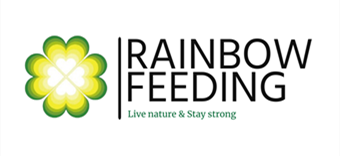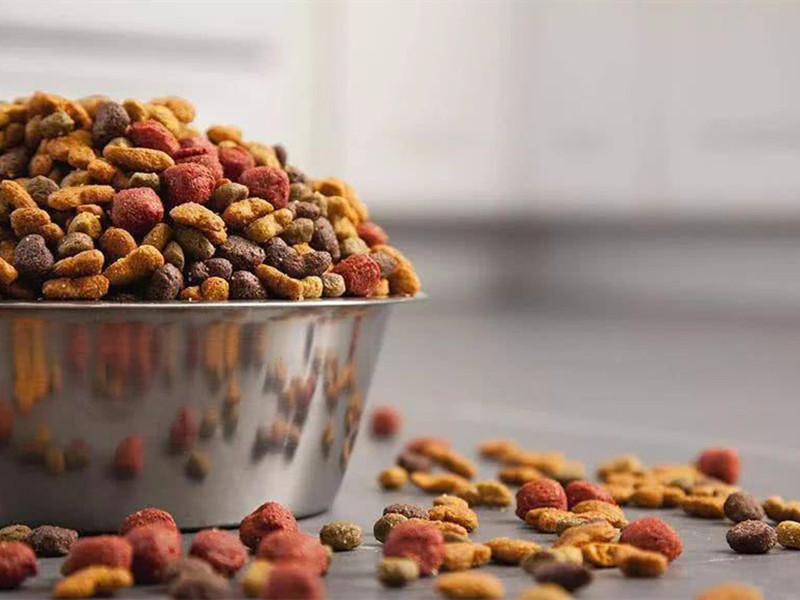Are Flavouring Agents or Attractants Safe For Pets?
The natural pet food industry is growing rapidly, thanks to an increased number of households with pets. The growth of this industry has fueled the demand for pet food, which in turn, has boosted the market for flavouring agent. There are a variety of additives that are used in pet food. Pet food manufacturers are constantly incorporating new ingredients to keep up with the rising demand, the most significant growth is in flavoring agents. Some are designed to enhance the flavour of the food, while others provide technological benefits like texture and stability, or resistance to spoilage.
What’s pet food attractant?
food attractants, also known as “flavoring agents, appetite enhancers or flavoring agents”, are used in a wide variety of pet foods to improve palatability, enhance animal appetite and provide product variation, which leads to higher consumption, digestion, absorption and better health in pets. It’s achieved through a chemical reaction known as the Maillard reaction. This reaction causes carbonyl compounds from reducing sugars to combine with amino acids, forming aromatic substances such as furans, pyrazines, esters and thiopenes. The aroma compounds produced by this process are a key factor in the appeal of pet food. Pet owners often add flavouring to their pets’ food to encourage them to eat.
There are many types of food attractants, including synthetic chemicals like vanillin, meat flavor, pyrophosphate, sodium glutamate, etc.) and natural food attractants (brewer’s yeast and extracts, animal hydrolyzed protein (such as chicken hydrolyzed protein, etc.), chicken liver powder, extracts of fish, meat or vegetables etc.). Natural and synthetic flavouring agents are available in a wide range of forms, including liquid extracts, essences and flavoring compounds. Natural flavouring agents are made from edible raw materials and are characterized by their taste and aroma. Natural flavouring are often made from animal products, such as fish, chicken or beef extracts, which have the advantage of being safe for pets. Other popular flavouring are yeasts, essential oils, spray-dried animal plasma, protein hydrolysate, distillate or any product of roasting and heating. These natural food attractants include:
Hydrolyzed protein
Many pet formula manufacturers experiment with different ways to hydrolyze raw protein (mainly meat) and improve the properties of the raw material through different mechanisms (chemical, enzymatic or microbial). For example, soy sauce is one of the earliest applications of protein hydrolysates to improve the palatability of human food (Pasupuleti and Demain, 2010).
Also referred to as “digestives” in animal nutrition, proteolates can be specific in dry matter or liquid form and are typically invested in 1-3% of pet food as a coating (Nagodawithana et al., 2010). Proteolytic acid is one of the most popular palatability enhancers in commercial cat food due to its high concentration of short peptides and free amino acids (Folador et al., 2006; Mart ´nez Alvarez et al., 2015). When these animal proteins are broken down, their molecular structure is destroyed, and the cat’s immune system is unable to recognize the protein macromolecules, helping to reduce the cat’s allergy to the protein, and therefore it is an important part of the low-allergy cat food on the market today (Cave 2006; Neklyudov et al., 2000). The “natural meat flavor” found in many pet food ingredients is also basically composed of animal hydrolyzed/enzymolysis.
Spray-dried plasma
Spray-dried animal plasma is commonly added to canned pet food because it has a high water retention capacity and therefore promotes better foaming, gelling, and emulsifying properties of wet food (Rodriguez et al., 2016). In addition, Polo et al. (2005) found that cat food containing spray-dried plasma had higher palatability than cat food containing wheat gluten.
Sodium pyrophosphate
Pyrophosphate is a compound that is used as a thickening agent or to improve the texture and flavor of foods (Terenteva et al., 2017). Oliveira et al. (2016) reported that coating cat food with 0.5% sodium pyrophosphate resulted in a significant increase in food consumption.
Yeast and yeast extract
Dry yeast (mainly a by-product of the ethanol industry) and brewer’s yeast are both used as palatability enhancers in the pet food industry around the world. The palatability of yeast is attributed to the high glutamate content, which produces umami or meat flavor (Nagodawithana, 1992). According to Swanson and Fahey (2004), adding 1% yeast extract can improve the palatability of cat food, while adding 2% yeast can decrease the palatability.
Prebiotics
When Aquino et al. administered 0.6% dietary mannooligosaccharides in dry food as a prebiotic, palatability in cats was significantly improved. (2010). Inulin is another prebiotic that can be used in cat food (Roberfroid and Delzeene, 1998). Prebiotic ingredients have many other benefits in addition to their ability to induce food.
In addition to providing flavor, pet food can also be enhanced with the help of pet food additives such as minerals, vitamins and enzymes. Various natural ingredients such as dried beef, chicken and turkey meat, dried poultry and turkey liver, brewers yeast, dehydrated fruits and vegetables, dried chicory root, fructooligosaccharide, powdered cellulose and inulin provide nutrients and dietary fiber. Other additives include mineral ingredients such as metal amino acid complexes, metal chelates and polysaccharide complexes, as well as preservatives and flavoring agents. Another method of flavouring application involves coating the pet food with a layer of a proteinaceous or starch-based material. This will increase the palatable properties of the product, as well as give it a lustrous appearance. Sodium tripolyphosphate, for example, is used as a flavouring in dog and cat foods.
Several patents suggest the use of certain chemical compounds as pet food flavouring. These compounds are believed to improve the taste of the food by masking off-flavors and odors, or simply increasing palatability. However, the addition of these extracts can increase pet food cost and may also affect pet nutrient intake. Consequently, they are subject to strict regulation by the FDA. these compounds are not well understood. Some of them are known to cause a skin irritation in animals. In addition, they are generally absorbed by the gastrointestinal tract, which they can be toxic to pets. This is especially important since they are absorbed through the gastrointestinal tract and may enter the bloodstream, which could potentially lead to harmful effects such as kidney or liver damage.



